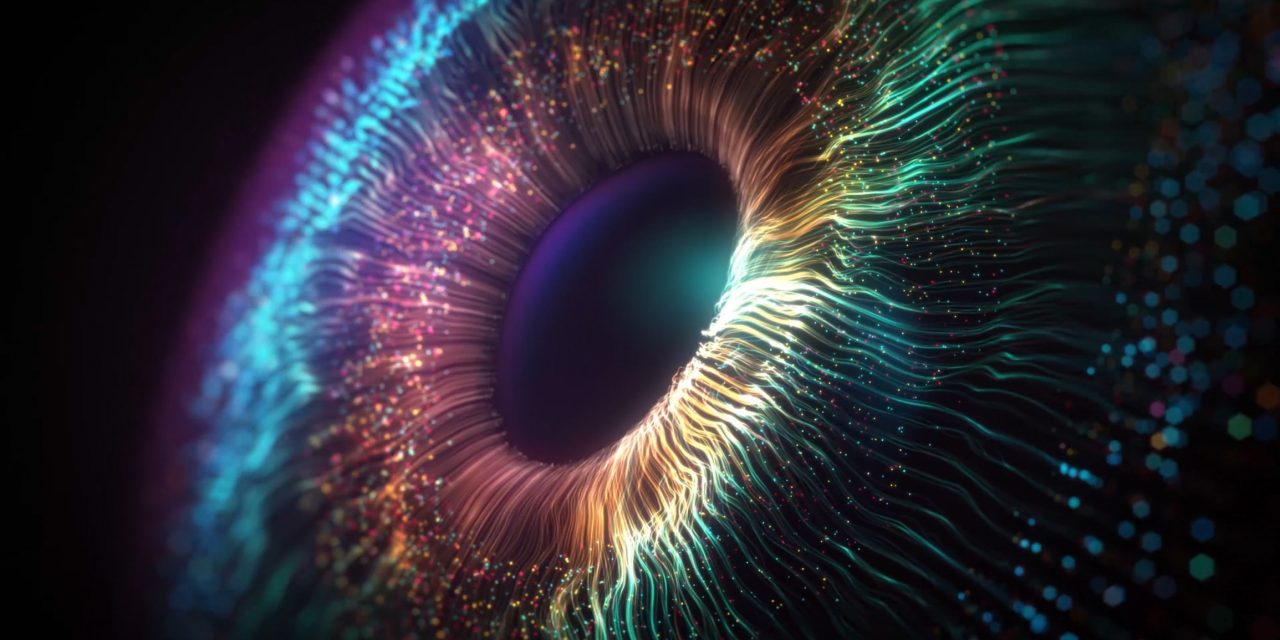Repetition blindness (RB) is the failure to detect and report a repeated item during rapid serial visual presentation (RSVP). The RB literature reveals consistent and robust RB for word stimuli, but somewhat variable RB effects for pictorial stimuli. We directly compared RB for object pictures and their word labels, using exactly the same procedure in the same participants. Experiment 1 used a large pool of stimuli that only occurred once during the experiment and found significant RB for words, but significant repetition facilitation for pictures. These differential repetition effects were replicated when the task required participants to only report the last item of the stream. Experiment 2 used a small pool of stimuli presented several times throughout the experiment. Significant RB was found for both words and pictures, although it was more pronounced for words. These findings present a challenge to the token individuation hypothesis (Kanwisher, Cognition, 27, 117-143, 1987) and suggest that RB is more likely to be due to a difficulty in establishing a robust type representation. We propose that an experimental context that contains high levels of overlap in visual features (e.g., letters in the case of words, visual fragments in the case of repeatedly presented pictures) may prevent the formation of distinct object-level episodic representations, resulting in RB.
Repetition blindness for words and pictures: A failure to form stable type representations?


